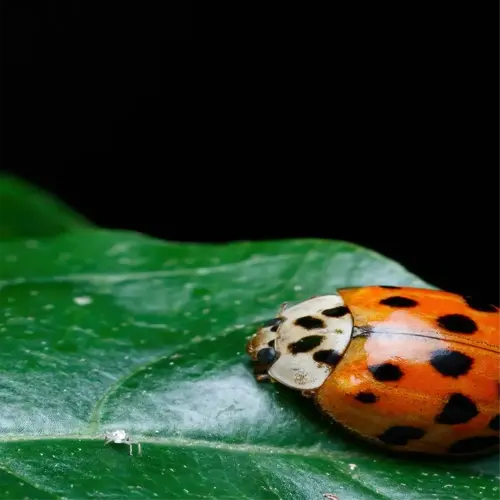How do I design a low-maintenance landscape?

Written by
Michael Sullivan
Reviewed by
Prof. Charles Hartman, Ph.D.Planning and installing a low-maintenance landscape begins with a sound plant selection and good design. Consider the use of native shrubs that are adapted to your area's soil and climate. To make the landscape easier to care for, group plants, such that water and light needs are similar, this prevents sun-loving species from being watered too much and members of the shade garden from being stressed from drought.
Group Plants by Needs
- Cluster drought-tolerant shrubs like juniper and lantana in sunny areas
- Place moisture-loving oakleaf hydrangea in shaded, damp zones
- Use drip irrigation zones to customize watering schedules
Mulch Effectively
- Apply 3 inches of bark mulch to suppress weeds and retain moisture
- Refresh mulch annually to maintain soil health and prevent compaction
- Avoid volcano mulching around trunks to prevent rot
Choose Native Species
- Beautyberry thrives in Zones 6-10 with minimal pest issues
- Boxwood resists deer and adapts to urban pollution
- Prioritize shrubs evolved for local rainfall patterns
Incorporate Hardscaping
- Use gravel paths or stone borders to reduce planting areas
- Install raised beds with dwarf shrubs for easy access
- Replace high-maintenance grass with decorative rock gardens
I redeveloped a client's unkempt yard by replacing scattered ornamentals with clustered native shrubs. The landscape led to a 35% savings on their water bill and brought their waging time down from 10 hours a month to just 2 hours. It's a self-sustaining garden now framed by strategic mulching and dwarf juniper borders.
Incorporate hardscaping simply. A gravel path with dwarf boxwood edging creates structure and structure without a regular maintenance schedule. One homeowner installed a stone walkway and paired it with lavender to provide preventative pest control from the scent of the lavender, as well as to bring out the natural silver leaf quality over the gray stone.
Before planting, you'll want to check the soil pH. Azaleas require acidic soils and butterfly bush prefers conditions that are on the alkaline side of the scale. A pH kit can cost under $15 and save you numerous costly plantings and plant deaths. I resuscitated trees and shrubs after I had to add amendments according to the pH test kit instead of guesswork.
Read the full article: 10 Low Maintenance Shrubs for Effortless Landscapes

